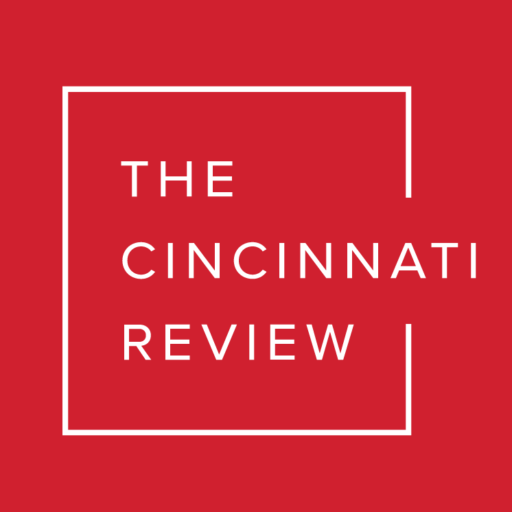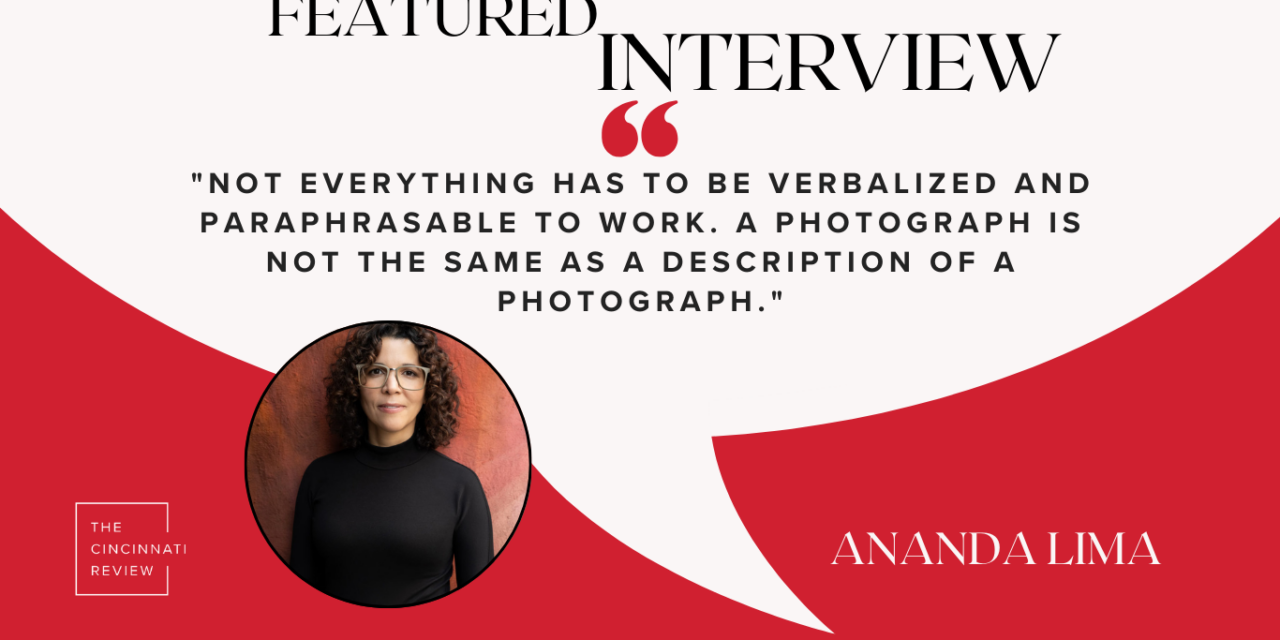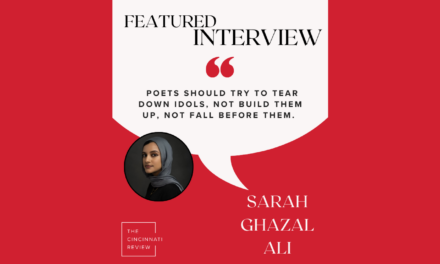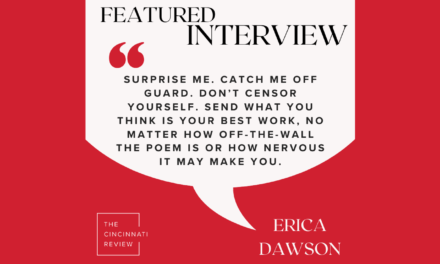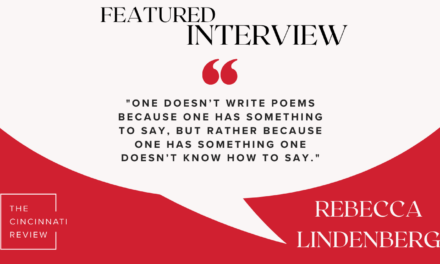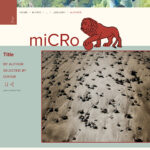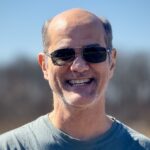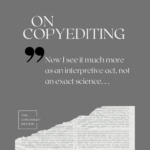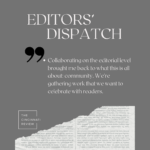7 minutes read time
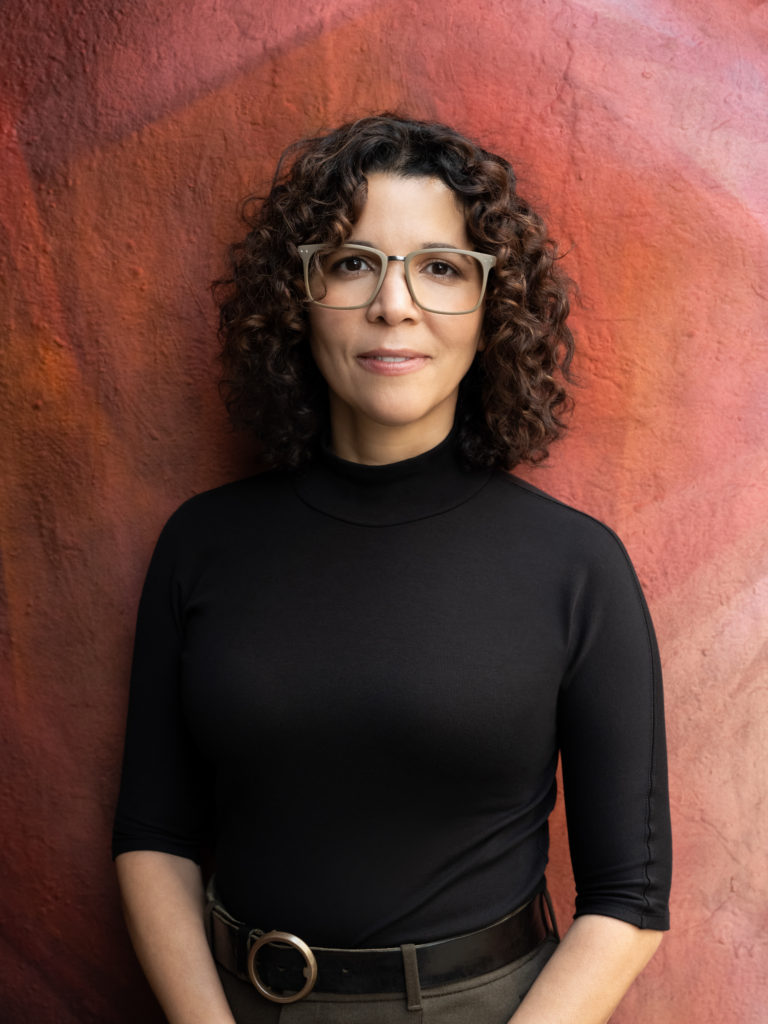
Assistant Editor Kate Jayroe: This week at University of Cincinnati we hold our biannual Robert and Adele Schiff Fiction Festival, where we invite four accomplished fiction writers to Cincinnati to share their work and talk writing, publishing, and the writing life. This year we have the honor of hosting author Ananda Lima, whose latest book, Craft: Stories I Wrote for the Devil (Tor Books, 2024) begins at a Halloween party in 1999, when a writer sleeps with the devil. Ananda answered a few questions over email during her visit to Cincinnati.
KJ: I’m so curious about your drafting process when writing Craft. I know you work in multiple genres, and I’m quite familiar with your poetry. When working through this book, were there any narrative conceits that began as kernels of poetry and then became longer form prose? And vice versa, did any Craft drafting later become poetry?
AL: I remember a time, several years ago, when without knowing I was figuring out when something was poetry or prose for me. It took a lot of work and experimentation, but I now have an intuitive understanding early on on when the writing is going to be poetry or prose. I think it is a combination of subject matter, scope and the texture of the initial impulse. But that is just me thinking about it after the fact. When I sit down to write, it is mostly an intuitive understanding. I knew from the beginning that what I was working on was prose. Even though I feel like there is a lot of cross pollination and I can “borrow” from my poet self when working on fiction, these days I usually know what a project is (in terms of prose versus poetry) early. Which is nice! I remember a while ago, I would get these lines of poetry and try to write stories around them. The result were stories I didn’t like, where I got rid of everything except for the original line. Now I know when things like that come to me that they are meant to be poems.
KJ: There’s this wonderful curatorial sense of scene throughout the book. I can so clearly see the lighting scheme, I can feel the heat, and I know exactly what song is playing. There’s a vignette-driven pleasure as you establish both grounding and action of scene so seamlessly. It reminds me of your work with photography, how an entire scenic moment is captured through very conscious perspective. How did your work in photography influence Craft?
AL: What a lovely question, Kate! I love working in different genres (including photography). Among other things, it allows me to think in different ways. Some of the things photography taught me was that you can also do things without words. Not everything has to be verbalized and paraphrasable to work. A photograph is not the same as a description of a photograph (both can be fun and beautiful but they are not the same). Photographs are doing their things without words. For me it made even clearer the often cited idea that a good story “resists paraphrase” (Flannery O’Connor). Something does not need to be fully explainable, in a verbal way, for it to work. I really understand that as a photographer. As a “reader”/audience person, I also understand that from being a person who loves modern ballet and dance. As a photographer, I also get the experience of creating things in a non-verbal way.This idea is there with me when I write fiction. And also poetry. In this aspect of the role of the non-verbal, I see a continuum between photography and prose, with poetry in the middle. You can work with it in all three, but it is clearer with photography.
KJ: As a devoted Prince fan, I was struck by the epigraph from Prince’s speech at the 1999 YAHOO! INTERNET LIFE ONLINE MUSIC AWARDS and then so delighted by the inclusion of specific Prince songs in scene. That framing adds an atmospheric hugeness to the work. Did you listen to any of the songs included in Craft as you wrote? Do you listen to music generally when you write? Do you listen to music before writing, and find inspiration through a particular hook or set of lyrics?
AL: I love that you noticed the epigraph so much. I love epigraphs and this one in particular, if you look at the full quote and its context it is both haunting and, from our vantage point, a little funny, whimsical, at the same time. I wanted to use that exact same quote as an epigraph for another story I recently wrote (which will come out in the anthology Ghosts of Where We Are From), but I ended up picking another excerpt (of the same quote), which was so fun. I did listen to so much music while writing this. Especially for the first story,”Rapture.” That included songs like “Rapture”, “Tainted Love”, and a lot of The Cure. It really helped me inhabit that place and atmosphere. It was so much fun.
KJ: What about Craft were you able to keep as “wild” as it was when you conceived of it? (I’m thinking about eating tiny people from a vending machine, sleeping with the actual devil, and other amazingly wild conceits throughout the book). On the other side of things, what parts of the book did you find yourself needing to “hem in” the most?
AL: This is such a great question for this book. I wanted to do whatever I wanted. It is a book of the things I love as a reader. Early on when writing the book, I looked at what I had and realized it was going to be a weird one. I thought maybe in my next project, I would work on a novel that would maybe be more viable as a book I would sell. But when I looked at what I had, I thought: that ship has sailed, this is not the book to worry about commercial viability. From that point on, I didn’t worry at all about that. I thought I might find a very small experimental press that might want it (which would also have been beautiful). But regardless of what happened, I would just do what I wanted to do with this one. Somehow it worked out and a bigger publisher went for it, which surprised me so much.
KJ: And finally, any advice you’d like to share generally about the craft of fiction?
AL: I would say, separate career (agents, prizes, kudos) in your mind from the work (art, beauty, love). They can very much go together, which can be lovely. But they might not, either. You can pursue both, but don’t think just because something has not sold it is not good art and vice versa. And find joy and reward in the art side by itself, too (even if you separately work on the career).
Ananda Lima is the author of Craft: Stories I Wrote for the Devil (Tor Books, 2024) and Mother/land (Black Lawrence Press, 2021), winner of the Hudson Prize. Her work has appeared in American Poetry Review, Poets.org, Kenyon Review, Electric Literature, and elsewhere, and is forthcoming in Ghosts of Where We Are From, an anthology of dark fiction by Latin American authors, edited by Cynthia Pelayo (Primer Sueño/Atria Books).
